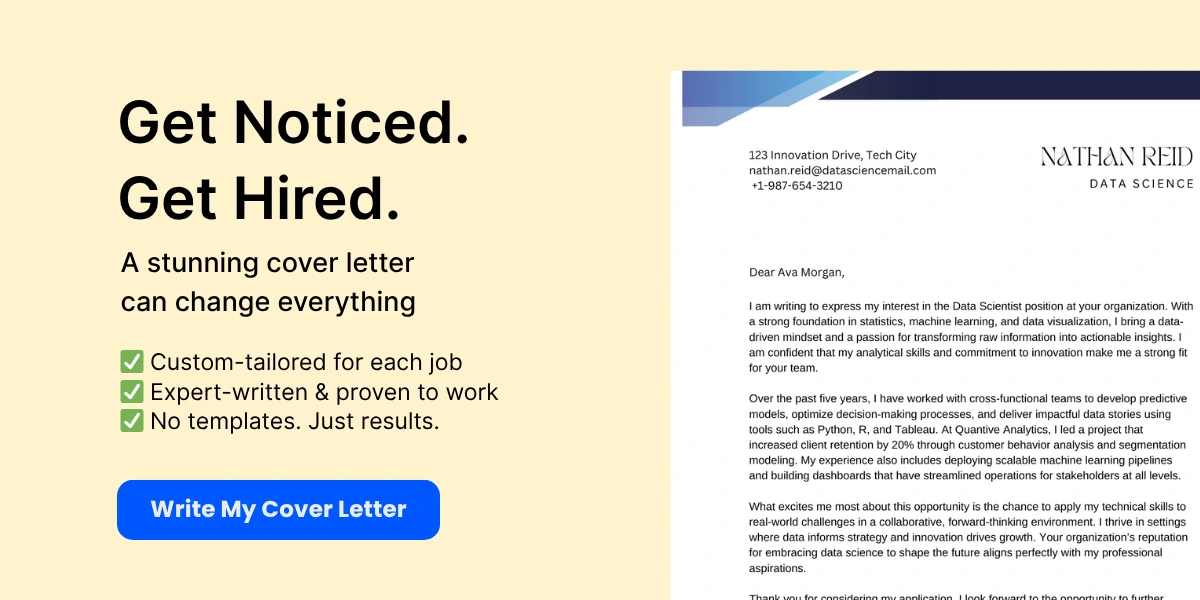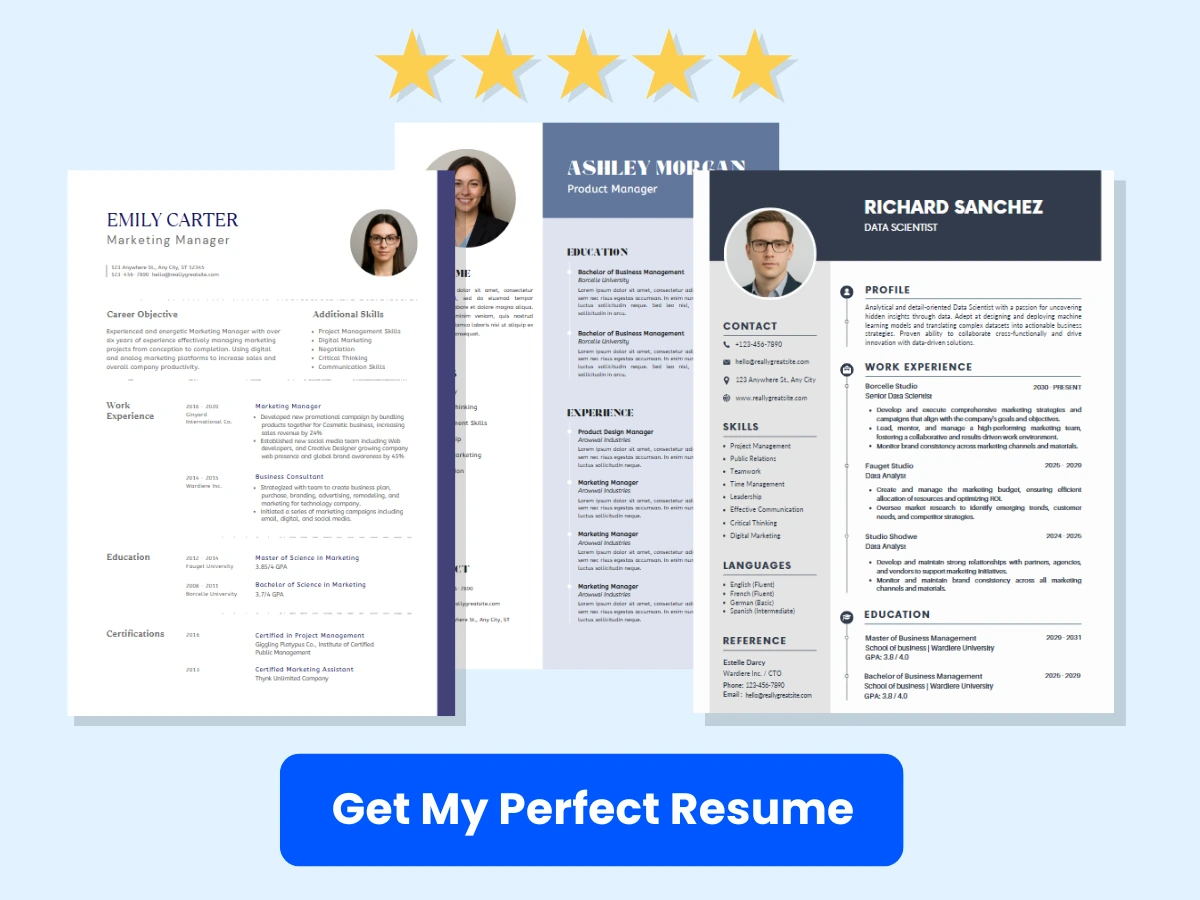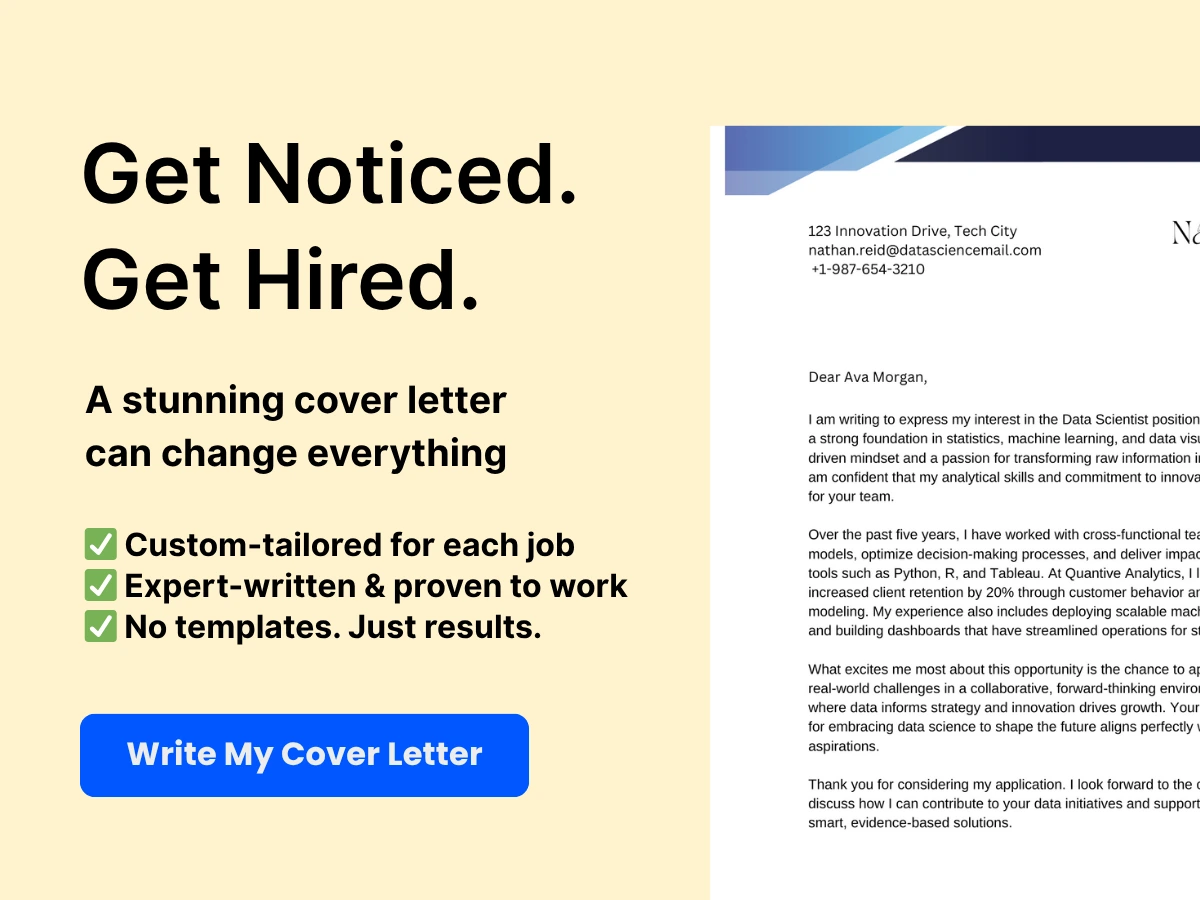As a professional dancer, one of the most important tools you can have in your arsenal is a well-crafted resume. With so much competition in the dance industry, a resume can be the difference between securing your dream role and missing out on it.
The purpose of this article is to provide guidance on developing a professional dancer resume that highlights your key skills and experience. Whether you’re just starting out as a dancer or have been in the industry for years, a strong resume is crucial for showcasing your unique abilities and standing out from the crowd.
Why having a professional dancer resume is important
A professional dancer resume is an essential document for any performer looking to land auditions or secure work in the dance industry. It serves as a snapshot of your skills, experience, and training, and provides potential employers with a quick overview of your qualifications.
In a highly competitive field like dance, having a well-crafted resume can help you stand out from other candidates and demonstrate your commitment to the craft. It also enables you to showcase your versatility as a performer, highlighting your ability to adapt to different styles and techniques.
What a professional dancer resume should include
A professional dancer resume should provide a complete picture of your experience, training, and qualifications. Some key elements to include in your resume are:


- Your professional name and contact information
- A brief overview of your background and experience as a dancer
- Your dance training and education, including any schools or programs you’ve attended
- Your performance experience, including companies you’ve danced with and roles you’ve performed
- Your special skills and abilities, such as acrobatics or martial arts
- Any awards or accolades you’ve received for your work as a dancer
By including all of these elements in your resume, you can demonstrate your qualifications and experience to potential employers and give them a sense of what you have to offer as a performer.
The purpose of a professional dancer resume
The purpose of a professional dancer resume is to showcase your skills, experience, and training to potential employers in the dance industry. A well-crafted resume can help you stand out from other candidates and demonstrate your dedication to the craft of dance.
Ultimately, the goal of your resume is to secure auditions and work opportunities that will help you grow as a dancer and advance your career. By putting together a professional, comprehensive resume that highlights your unique abilities and experience, you can position yourself for success in this exciting and competitive field.
Basic Elements of a Professional Dancer Resume
When applying for a job as a professional dancer, your resume is your first opportunity to make an impression. To create a professional-looking document, it’s important to follow a few basic elements to make sure your resume is clear, concise, and effective.
Formatting Your Resume
The layout and design of your dance resume are critical for presenting a professional image. Make sure your document is well-organized and easy to read. Use a consistent font and layout throughout the document. This will help the hiring manager read and scan your resume quickly, as they often only have a few seconds to peruse each document.
Contact Information
Make sure you include your contact information at the top of your resume. Include your full name, address, phone number, and email address. Make sure your email is professional – not something cutesy or amusing – as you are presenting yourself as a dancer here, not a clown.


Objective / Summary Statement
Your objective or summary statement is a brief statement at the beginning of your resume that describes your main skills and experience as a dancer. This statement should be targeted to the particular job you’re applying for. Consider tailoring it for each job you apply for.
Education and Training
List your relevant education and training in reverse chronological order. Be sure to include only relevant courses or classes, and don’t include anything superfluous. List the name of the institution, degree or certification, and dates attended.
Professional Experience
List your professional experience in reverse chronological order. Include the name of the company, your job title and a brief description of the duties you performed. Highlight any achievements or notable accomplishments you achieved during that time.
Skills
List any relevant skills you have that are applicable to the job. This might include style expertise, technical skills or experience working with a particular choreographer, for example.
Certifications
Include any relevant certifications or licenses you hold, including any certifications awarded by professional dance organizations, as well as any other licenses or certifications that might be relevant.


When creating your professional dancer resume, it’s important to focus on each element and make sure it is clear, relevant and effective in selling your talent and expertise. With a well-crafted resume, you’ll be sure to catch the attention of hiring managers and land the job of your dreams.
Professional Experience
As a professional dancer, your experience is one of the most important aspects of your resume. Here are some best practices for listing experience on a dancer resume:
- Start with your most recent experience and work backwards chronologically
- Include the name of the company, show or production title, and dates of employment for each job
- Use bullet points to highlight your specific roles and contributions in each production
- Quantify your achievements, such as the number of performances, audience size, or awards received
When it comes to highlighting dance roles, consider the style of dance and the specific skills required for each role. For example, if you have extensive experience in ballet, you may want to highlight your pointe work or partnering skills. If you have experience in contemporary dance, you may want to highlight your improvisational abilities or strength in floorwork.
In addition to highlighting your performance roles, it’s important to showcase your experience in choreography. When highlighting choreography experience, consider including the following information:
- The type of production (e.g. musical, concert dance, commercial)
- The length of the piece
- The number of dancers involved
- Any notable or unique elements of the choreography
- Awards or recognition received
By following these tips, you can effectively showcase your key skills and experience as a professional dancer on your resume.
Physical Capabilities
As a professional dancer, your resume must reflect your physical capabilities to demonstrate that you are capable of performing the dances required in different shows or events. This section can be divided into two parts: demonstrating physical capabilities in dance resumes and describing dance styles and proficiency. Additionally, it is important to understand the professional dancer fitness standards to succeed in this field.
Demonstrating Physical Capabilities in Dance Resumes
When you are applying for a dance job, it is essential to showcase your physical capabilities. Use your resume to highlight your physical abilities, such as:


- Flexibility: Mention your experience with stretches and yoga poses that show how flexible you are.
- Strength: Include training and certifications in techniques that build strength, such as Pilates or strength training.
- Endurance: Describe your experience performing in challenging roles for extended periods of time.
Describing Dance Styles and Proficiency
You should also describe your proficiency in different dance styles. Some dancers specialize in one style, while others are versatile and can perform many styles. Indicating your proficiency in each of the styles, either by listing them or by including additional details, can be beneficial. In the resume, describe each dance style and mention the years of experience, and the level of proficiency in the said style.
Professional Dancer Fitness Standards
Being a professional dancer takes a vigorous workout schedule that involves intense practice, rehearsals, and performances. Therefore, to succeed, you must meet certain fitness standards. These standards can vary depending on the type of style you practice; however, some general rules apply for all professional dancers, including:
- Cardiovascular endurance: Professional dancers must be able to perform high-intensity movements without running out of breath.
- Strength and flexibility: Dancers must have full-body flexibility, which enables them to perform challenging poses and movements without straining their muscles. Besides, strength helps generate explosive power and controlled movements.
- Injury prevention: Dancers must engage in injury prevention exercises such as warm-up techniques, cool-down techniques, and proper nutrition to avoid injuries that can cause downtime in performing.
The physical capabilities of a dancer are significant in showcasing expertise and winning more gigs. Highlighting your physical capabilities in your resume gets your foot in the door for any audition or dance job. Don’t forget to describe your proficiency in different dance styles, and most importantly, strive to uphold the professional dancer fitness standards for a successful career.
Dance Skills
As a professional dancer, it is essential to have a diverse range of dance skills to showcase your talent and experience on your resume. Below are some examples of contemporary, ballet, and jazz dance skills that you can include:
Contemporary Dance Skills Examples
Contemporary dance is an expressive style that combines elements of jazz, modern, and ballet. Here are some key skills to include:
- Floor work: Ability to execute fluid movements and transitions on the floor.
- Improvisation: Capacity to react and create movements spontaneously.
- Partnering: Ability to work creatively and safely with a partner.
- Release technique: Understanding how to utilize gravity and breath to create movement.
- Dynamic alignment: Consistent awareness and control of the body’s alignment.
Ballet Skills Best Practices
Ballet is a classical dance form that involves precise technique, posture, and grace. Here are some best practices to consider mentioning:


- Turnout: Ability to rotate the hips and legs outward from the hips.
- Pointe work: Capability to dance on the tips of the toes.
- Adagio: Ability to perform slow and controlled movements.
- Allegro: Ability to execute quick and light movements.
- Musicality: Capacity to precisely execute movements to the rhythm of music.
Jazz Dance Skills: Tips and Examples
Jazz dance is a fun and energetic style that incorporates elements of African, Caribbean, and modern dance. Here are some tips and examples to consider:
- Isolations: Ability to move specific body parts independently, such as the head, shoulders, and hips.
- Turns and jumps: Capability to perform various types of turns and jumps.
- Syncopation: Ability to dance on off-beats and irregular music rhythms.
- Style and personality: Capacity to showcase individual style and personality while maintaining the essence of jazz dance.
- Performance quality: Ability to engage the audience with high energy and charisma.
Including these dance skills on your professional dancer resume demonstrates your versatility and expertise in various styles of dance. Be sure to highlight how these skills have contributed to your past accomplishments and experiences.
Dance Accomplishments
As a professional dancer, it’s important to showcase your accomplishments and experience on your resume. Here are some key sections to include when highlighting your dance accomplishments.
Listing professional dance accomplishments
This is where you want to detail your most notable dance accomplishments. This can be anything from performances to choreography work to teaching positions. Be sure to include the date, event, and your role in the accomplishment. Here’s an example:
- Choreographed and performed in “The Nutcracker” with the New York City Ballet, December 2018
- Taught weekly contemporary dance classes to intermediate and advanced students at XYZ Dance Studio, 2016-2019
- Performed in the opening ceremony of the 2016 Rio Olympics with the Martha Graham Dance Company
Awards and honors
This section can be a great way to stand out from other dancers. Awards and honors are a testament to your hard work and talent. List the award, the organization that awarded it, and the year. Here are some examples:
- Winner of the Best Solo Dance Performance at the 2019 Dance Awards
- Recipient of the Martha Hill Dance Fund Scholarship, 2015-2017
- Finalist in the Youth America Grand Prix, 2014
Examples of notable performances
This section is where you can really show off your dancing skills. Highlight some of your most memorable performances and describe your role in them. Include the name of the performance, the venue, and the date. Here’s an example:


-
“Swan Lake” with the San Francisco Ballet, War Memorial Opera House, November 2017-February 2018: Performed the role of the Black Swan and received critical acclaim for my technical skill and emotional performance.
-
“Les Sylphides” with the Royal Ballet, Royal Opera House, 2016: Performed as the lead ballerina in this iconic production, showcasing my classical technique and artistry.
-
“Rite of Spring” with the Martha Graham Dance Company, City Center Theater, 2015: Performed in this modern work as part of a group ensemble, displaying my versatility and ability to interpret contemporary choreography.
Including these sections in your professional dancer resume will highlight your skills and experience, setting you apart from other candidates. Remember to keep your descriptions concise and impactful, showcasing your versatility and unique talents.
Additional Dance-Related Experience
As a professional dancer, you are constantly honing your skills and gaining valuable experience on and off the dance stage. In addition to performance experience, it is important to highlight any teaching, leadership, management, community involvement, or outreach experience that you have acquired.


Teaching Dance Experience
Teaching dance requires a unique set of skills that not every dancer may possess. As a dance teacher, you must be able to communicate effectively with students of varying ages and skill levels. You also need to be knowledgeable in a variety of dance genres and possess the ability to create lesson plans and choreography that will engage and challenge your students. Highlight any teaching experience you have, including any specialized certifications or trainings you may have completed.
Leadership and Management Experience
As a professional dancer, you may have had the opportunity to take on leadership or management roles within your dance company or studio. This experience can showcase your ability to organize and lead a team, manage budgets, and oversee productions from start to finish. Highlight any leadership or management experience you have, including any specific projects you may have overseen.
Community Involvement or Outreach Experience
Many professional dancers are also involved in community outreach programs or non-profit organizations. Whether you have volunteered to teach dance to underprivileged youth or performed at a local fundraiser, community involvement experience can demonstrate your dedication to using dance as a means of bringing people together and making a positive impact. Highlight any community involvement or outreach experience you have, as this can set you apart from other dancers who may not have the same level of involvement outside of their professional career.
Showcasing your additional dance-related experience can show potential employers or clients that you have a well-rounded skill set that goes beyond just performing. This can make you a more desirable candidate for a teaching, leadership, or community outreach role, and highlight your commitment to the art of dance both on and off the stage.
Technical Skills
In today’s age of technology, it’s essential for professional dancers to have a strong understanding of the tools that can elevate their performance. The following technical skills give dancers an edge in this ever-evolving industry.
Utilizing technology in dance
Dancers are increasingly taking advantage of technology as a tool to create and enhance their performances. This includes the use of motion capture, virtual reality, and augmented reality technologies. Understanding how to use these technologies can help a dancer stand out in auditions and performances.
Motion capture technology, for example, records a performer’s movements and translates them to a digital format. This can be used to create visually stunning performances or to analyze and improve a dancer’s technique. Similarly, virtual and augmented reality can create immersive experiences that can transport the audience into a completely different world.
Dancers who understand the nuances of these technologies can not only enhance their performances but also open themselves up to new career opportunities in fields like video game motion capture or film and TV special effects.
Music production
Dancers who understand music production have a deeper understanding of how music and dance work together. This not only makes it easier for them to maintain perfect timing and rhythm, but it also allows them to contribute to the creative process by offering musical suggestions.
Knowing how to produce music also opens up new opportunities in the dance industry, such as choreographing music videos or creating original scores for dance performances.
Lighting and sound design
Lighting and sound design can make or break a performance. Dancers who understand how to use lighting and sound to enhance their performances can create truly breathtaking shows. Whether it’s utilizing spotlights to highlight a soloist or using fog machines to create a certain ambiance, understanding lighting and sound design can be a game-changer for dancers.
Dancers who understand these technical skills are better equipped to succeed in the industry. It’s important to note, however, that these skills are just one part of what makes a professional dancer. Dancers who also have strong physical abilities, artistic sensibilities, and a willingness to collaborate are the ones who truly shine in this field.
Training and Education
As a professional dancer, it is crucial to stay up-to-date with the latest industry trends and techniques. This requires continuing education, which can come in the form of various certifications, workshops, and intensives.
Continuing education can help dancers develop new skills, expand their repertoire, and network with other professionals in the industry. Certifications also demonstrate a level of expertise in a specific area or style of dance, making it easier to showcase your qualifications on your professional dancer resume.
Many organizations offer workshops and intensives for dancers looking to improve their craft. These programs typically focus on specific aspects of dance, such as technique, choreography, or performance. They are often led by renowned choreographers or dancers who can offer valuable insights and feedback.
In addition to workshops and intensives, many dancers also pursue formal education in dance. This can include earning a bachelor’s or master’s degree in dance or a related field. These programs often provide a more comprehensive education in dance, covering theory, history, and critical analysis alongside performance skills.
A commitment to continuing education and professional development is essential for any professional dancer looking to stay competitive in the industry. By pursuing certifications, attending workshops and intensives, and earning advanced degrees, dancers can continue to hone their skills and grow their careers.
Creating a Professional Portfolio
As a professional dancer, having a portfolio can be the difference between getting hired and missing out on opportunities. A portfolio is a collection of your best work that showcases your skills, experience, and abilities. It is an essential tool for dancers looking to land gigs, secure representation, or apply for funding. In this section, we will explore the value of creating a professional portfolio and share some best practices for creating a dance portfolio that highlights your strengths.
The value of creating a professional portfolio
A professional portfolio is an effective way to showcase your work to potential employers, clients, and collaborators. It is a visual representation of your best performances, allowing you to highlight your skills and experience. A well-crafted portfolio can help you stand out from other dancers and demonstrate your expertise, confidence, and professionalism. A portfolio can also be a useful self-promotion tool, providing you with marketing materials to use across multiple platforms, including social media, websites, and promotional materials.
Best practices for creating a dance portfolio
When creating a dance portfolio, keep in mind that it should be easy to navigate and visually appealing. It should showcase your technical abilities, the range of styles you can perform, and your stage presence. Here are some best practices for creating a successful dance portfolio:
-
Start by selecting your best work: Your portfolio should only include your strongest performances. Choose pieces that showcase your skills and versatility and demonstrate your ability to perform different styles.
-
Include high-quality images and videos: Make sure your images and videos are of professional quality to showcase your best work. It’s also essential to include different angles to show off what you can do.
-
Add brief descriptions: Add a brief description of each dance piece to provide context and demonstrate your knowledge of different styles and choreographers.
-
Consider the order and flow: Arrange your portfolio in a way that tells a story while also showcasing your versatility. Start with your strongest performance and end with a strong and memorable finale.
-
Keep it concise: Keep your portfolio concise and focused. Aim for no more than 10-15 pieces to ensure that viewers can quickly absorb your content.
Including multimedia content
It is crucial to include multimedia content as part of your dance portfolio. Videos and photos are an effective way to showcase your skills and provide potential clients with an insight into your work. When including multimedia content, ensure that it is of professional quality, and complements your written content. Use multimedia content to enhance your portfolio and provide an engaging and dynamic presentation of your work.
Creating a professional portfolio is essential for any dancer looking to showcase their skills and experience. A portfolio provides a visual representation of your best work and can help you stand out from other dancers. By following the best practices outlined above, you can create a dance portfolio that highlights your strengths and demonstrates your expertise, confidence, and professionalism.
Resume Examples
As we delve deeper into the topic of professional dancer resumes, it’s essential to take a closer look at sample resumes to understand what makes a great dance resume stand out. In this section, we will explore some of the best examples of professional dancer resumes and analyze them to identify the key skills and experiences that make them exceptional.
Sample Professional Dancer Resumes
Here are some sample resumes from professional dancers that have successfully landed them lucrative dance jobs:
Resume 1
• Name: Jane Doe
• Contact Information: Email: [email protected], Phone: (123) 456-7890
• Summary: Versatile and dedicated dancer with over five years of experience in ballet, contemporary, and jazz. Seeking a position where I can utilize my skills and passion for dance to elevate the level of performance.
• Education: Bachelor of Fine Arts in Dance from XYZ University
• Skills: Ballet, Contemporary, Jazz, Hip-Hop, Partnering, Choreography
• Experience: New York City Ballet, American Ballet Theater, Broadway Dance Center, Alvin Ailey American Dance Theater
Resume 2
• Name: John Smith
• Contact Information: Email: [email protected], Phone: (123) 456-7890
• Summary: Highly skilled contemporary dancer with seven years of experience performing in various dance productions. Seeking a challenging dance role that pushes my limits and allows me to grow as a performer.
• Education: Bachelor of Fine Arts in Dance Performance from ABC University
• Skills: Contemporary, Ballet, Jazz, Modern, Tap, Partnering
• Experience: Mark Morris Dance Group, Martha Graham Dance Company, Jacob’s Pillow, Hubbard Street Dance Chicago
Analysis of Excellent Resumes
The above sample resumes demonstrate the importance of presenting a clear and concise summary of your skills and experiences as a dancer. It’s essential to highlight the kind of dance styles you specialize in, as well as the dance companies and schools you’ve worked with.
Another essential aspect of a great dance resume is having a professional look and feel. By using clear formatting and easy-to-read fonts, you make it easier for hiring managers to scan your resume and quickly see what you bring to the table.
Finally, it’s essential to tailor your resume to the specific job you’re applying for. A one-size-fits-all approach won’t cut it in the competitive dance industry. Instead, take the time to customize your resume to match the job description and showcase how your skills and experience align with what the hiring manager is looking for.
When crafting your professional dance resume, keep in mind the importance of presenting a clear and concise summary of your skills and experiences, having a professional look and feel, and customizing your resume to match the job you’re applying for. By doing so, you’ll set yourself up for success in the competitive dance industry.
Related Articles
- Volunteering to Succeed: Resume Sample and Writing Tips
- Florist: Job Description, Salary, and Skills
- Including an MBA on Your Resume: Examples and Tips
- Building a Stellar Resume with No Work Experience
- Plumber Helper Resume: Winning Examples








